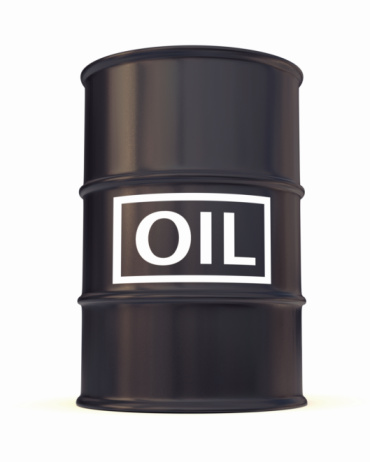
Total gasoline inventories rose by 2.6 million barrels last week and are now well above the upper limit of the five-year average range. Total motor gasoline supplied averaged about 8.6 million barrels a day over the past four weeks — a decline of 2.3% compared with the same period a year ago.
Distillate inventories rose by 2.4 million barrels last week, but remain well below the lower limit of the average range. Distillate product supplied averaged more than 3.7 million barrels a day over the past four weeks, down 6.9% when compared with the same period last year. Distillate production totaled 4.6 million barrels a day last week, down 300,000 barrels compared with the prior week and below the five-year average range for this time of year.
The American Petroleum Institute reported an inventory draw of 12 million barrels in crude supplies last week. Platts estimated a drawdown of 1 million barrels in crude inventories for last week, with a build of 2.3 million barrels in gasoline supplies and a rise of 1.6 million barrels in distillate supplies. Bloomberg estimated a drop of 500,000 barrels in crude stocks.
Crude prices were about 0.2% lower before the EIA report at $92.71 a barrel and rose slightly following the report. Crude prices rose above $93 a barrel following the fiscal cliff deal and have managed to hold onto the gains for the past couple of days.
For the past week, crude imports averaged over 7.1 million barrels a day, a decrease of about 931,000 barrels a day from the previous week. Refineries were running at 90.4% of capacity, with daily input of 15.3 million barrels a day, about 13,000 barrels a day more than the previous week.
The United States Oil ETF (NYSEMKT: USO) is up 0.1% at $33.78 in a 52-week range of $29.02 to $42.30.
The United States Gasoline ETF (NYSEMKT: UGA) is down 0.9% at $58.34. The 52-week range is $45.13 to $62.13.
Is Your Money Earning the Best Possible Rate? (Sponsor)
Let’s face it: If your money is just sitting in a checking account, you’re losing value every single day. With most checking accounts offering little to no interest, the cash you worked so hard to save is gradually being eroded by inflation.
However, by moving that money into a high-yield savings account, you can put your cash to work, growing steadily with little to no effort on your part. In just a few clicks, you can set up a high-yield savings account and start earning interest immediately.
There are plenty of reputable banks and online platforms that offer competitive rates, and many of them come with zero fees and no minimum balance requirements. Click here to see if you’re earning the best possible rate on your money!
Thank you for reading! Have some feedback for us?
Contact the 24/7 Wall St. editorial team.



